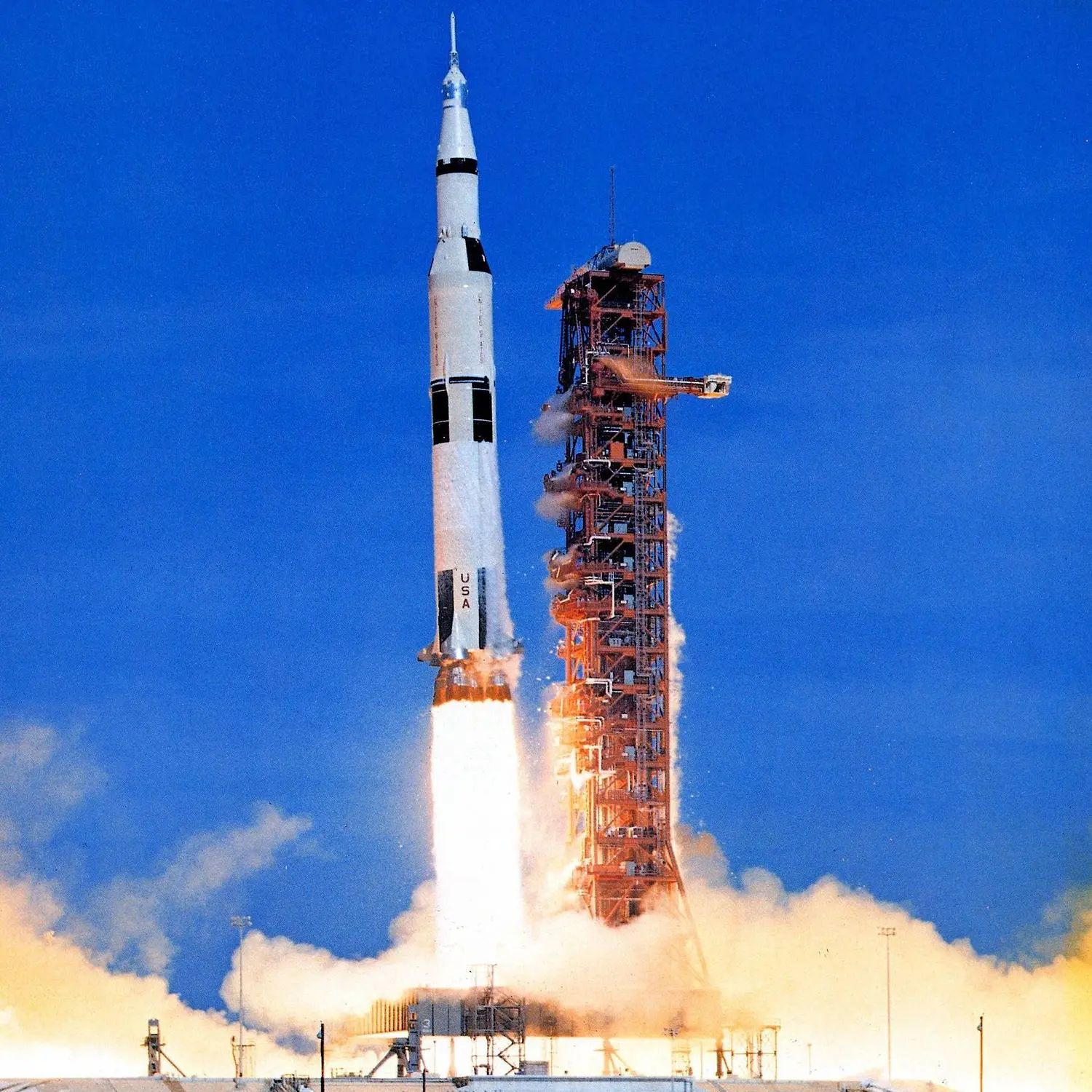/
Saturn V

Description
Saturn V was an American super heavy-lift launch vehicle certified for human-rating used by NASA. It consisted of three stages, each fueled by liquid propellants. It was developed to support the Apollo program for human exploration of the Moon and was later used to launch Skylab, the first American space station. The Saturn V was launched 13 times from Kennedy Space Center with no loss of crew or payload. As of 2021, the Saturn V remains the tallest, heaviest, and most powerful (highest total impulse) rocket ever brought to operational status, and holds records for the heaviest payload launched and largest payload capacity to low Earth orbit (LEO) of 310,000 lb (140,000 kg), which included the third stage and unburned propellant needed to send the Apollo command and service module and Lunar Module to the Moon.
Missions
13
Success Rate
96.2%
Successes
12
Failures
0
Success Streak
11
Partial Failures
1
Previous

Skylab 1

Apollo 17
Configurations

Saturn V
Active 1967 to 1973
Price
$1160.00 million
Rocket
Height: 110.6m
Payload to Orbit
LEO: 140,000 kg
Liftoff Thrust
35,100 Kilonewtons
Stages
3